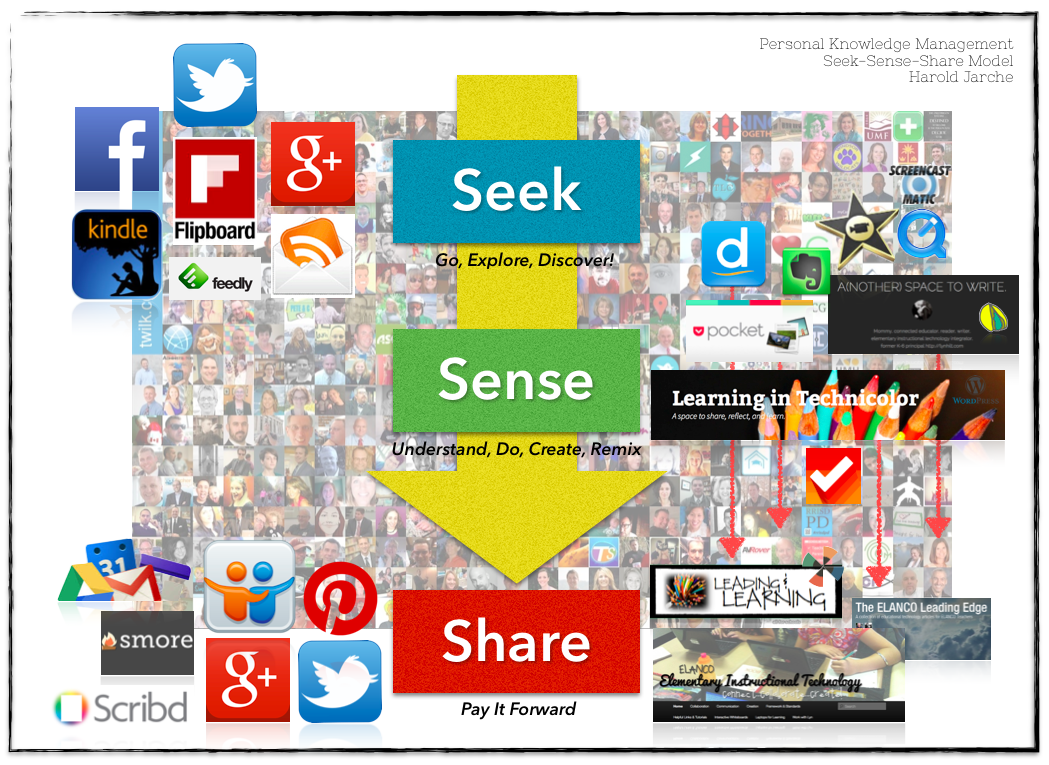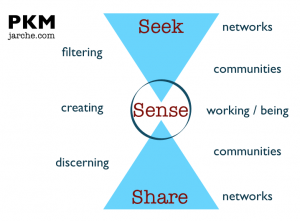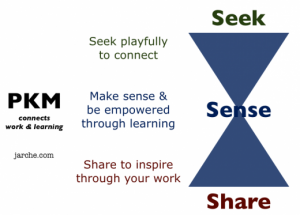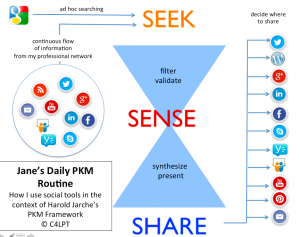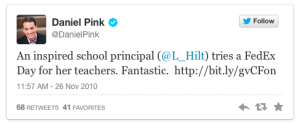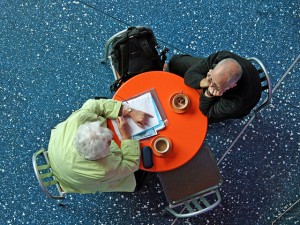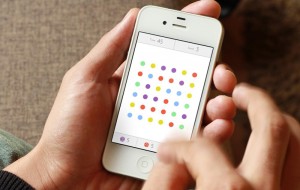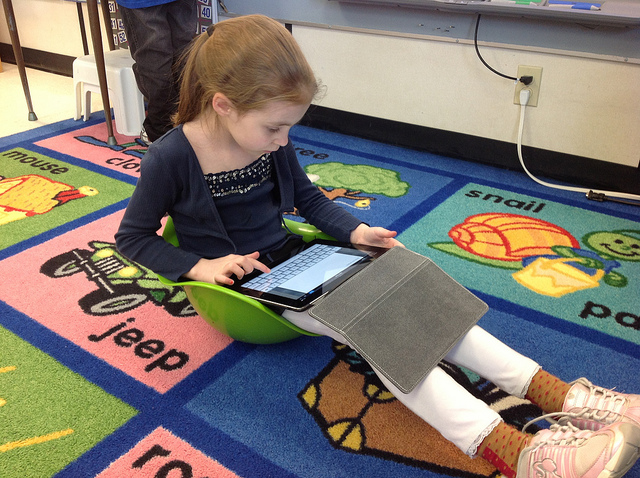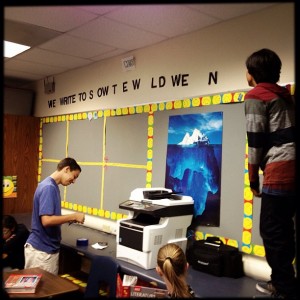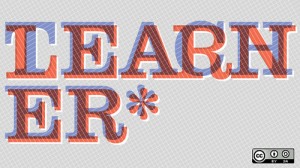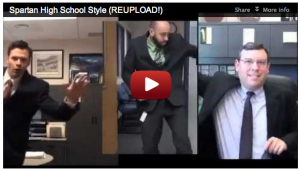I’m interested in professional learning and how to best support individuals, teams, and schools in the never-ending quest to provide the best professional “development” possible, so the concept of Personal Knowledge Management is very intriguing to me.
While schools and companies work to ensure they provide ample learning opportunities for their staffs, it’s clear that in order to truly grow as professionals, we must personally invest our own time and efforts into our learning.
Because You know who is in charge of your professional development? You.
After reading Harold Jarche’s work on PKM – see here and here for some of his most informative resources on the topic (and the chance to learn with Jarche here), I wanted to use his Seek-Sense-Share model to describe all that influences my learning on a daily basis.
Before becoming a connected educator, I could count those sources of information and inspiration on one hand.
Today, because of the ease with which I can access, save, share, curate, publish, critique, create, remix, and request information, my personal learning process looks much different. As administrators, teachers, and leaders, we should be able to articulate to our school communities what our own process looks like, and why it’s important to be able to model this process for our students, who no doubt are navigating the same digital waters we are.
Here’s what my process currently looks like. Most of the time.
Seek – Go, Explore, Discover!
I seek information, and because of the conveniences afforded through digital technologies, information finds me. I read an awful lot of Tweets, Google+, and Facebook posts, many that contain direct links to resources. I subscribe to hundreds of blogs via RSS and use Feedly as my main aggregator (read mostly on the web and iPhone), pulling feeds of interest also into Flipboard. I read books mainly via my Kindle app on iPad and iPhone, but there is always a healthy stack of print books on my “to read” pile as well. Something I thought I’d never say – I eagerly await the arrival of certain emails to my inbox, and I’ve rediscovered the pleasure of the email newsletter- namely contributions from Audrey Watters, Stephen Downes, and Doug Belshaw.
Sense – Understand, Do, Create, Remix
Through reading, assimilating the new content with ideas I already have and experiences I’ve lived through, I reflect and I create. I create for myself, I create for my schools. I write. I reflect in writing in a few spaces. This blog. Using Evernote and Postach.io. The elem. instructional tech blog I host for our district. I try to organize endless to-dos and must-dos using the Clear app. I still use Diigo to curate to lists and often share those lists with others. If I find a resource of interest that I know I want to read and share later, I send it to Pocket.
Share – Pay It Forward
I am a firm believer that one should not only lurk in social learning communities, but instead should give back to those who give so freely, and share, share, and share again. I share in many of my same sense-making spaces, and in addition I use services like Pinterest, Scribd, and Slideshare to make sharing easier. (Eek, I forgot YouTube on my graphic! I share many tutorials for our teachers there.) Twitter is the place I share most often. I use IFTTT to streamline some of my sharing processes. I compile resources in public Google docs and try to organize resources that accompany presentations on my wiki. I also use email, Skype, or Google Hangouts to provide further information to folks who’ve asked me to share resources and ideas.
Supporting the process? My PLN.
I chose an image of some members of my Twitter PLN as the backdrop in my PKM graphic to stress that this process is supported day in and day out by the people that comprise my networks and learning communities. These inspiring, resourceful, thought-provoking professionals take the time to share and provide feedback on my work and others’ work on a daily basis. The people help make my PKM process so successful. The relationships with other educators, both online and in my local learning community, have opened my mind to so many possibilities and helped me grow as a professional. To those educators, I say thank you.
As with all learning processes, this is messy. Not everything fits in one category and most of these tools that I’ve shared support my work in a variety of areas. Many of my creative processes are eventually shared, but others aren’t. Through the sense-making process, I’m often introduced to new content and thereby find myself back at the Seek stage all over again. The pursuit to learn more, do more, share more, be more is persistent, although not always visible to followers or an audience.
What’s your process towards personal knowledge mastery?

